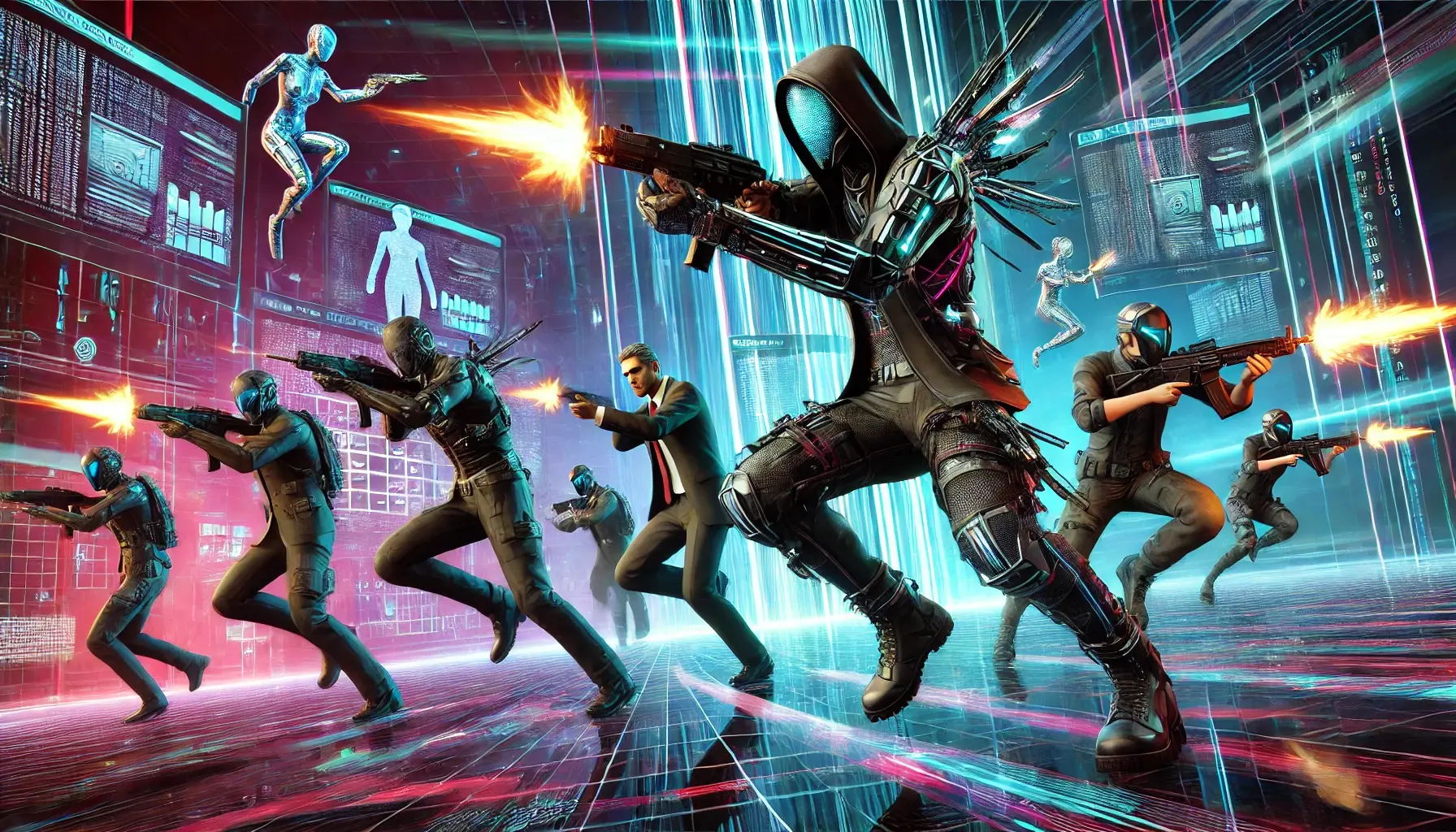Canada’s cybersecurity gap needs to be addressed now
Authors: Ulrike Bahr-Gedalia, Senior Director, Digital Economy, Technology and Innovation, and Cyber. Right. Now. Council Lead, Canadian Chamber of...
3 min read
 Francois Guay
:
Sep 4, 2024 8:03:03 AM
Francois Guay
:
Sep 4, 2024 8:03:03 AM

The cybersecurity landscape is a battlefield where attackers are overwhelmingly outpacing defenders. As cybercriminals innovate at an unprecedented rate, organizations worldwide are struggling to keep up, creating a critical disparity between the speed of offense and defense. This gap not only endangers sensitive data but also threatens the operational integrity of businesses and critical infrastructures.
Cybercriminals are remarkably agile in developing and deploying new attack methods. According to the 2023 Sophos Threat Report, the average time for a ransomware group to modify and redeploy an attack after a vulnerability disclosure is as little as 48 hours. This swift adaptation is facilitated by the widespread availability of Ransomware-as-a-Service (RaaS) platforms on the dark web, which lowers the barrier to entry for would-be attackers and accelerates the proliferation of ransomware campaigns .
The IBM X-Force Threat Intelligence Index 2023 further highlights the speed advantage of cybercriminals, noting that the time it takes for attackers to infiltrate a network has decreased to under 10 hours in many cases. In stark contrast, the average time for an organization to detect a breach remains at a staggering 197 days . This lag in detection provides attackers with ample time to exfiltrate data, deploy ransomware, or conduct further exploits, amplifying the damage inflicted on their targets.
Organizations, particularly those with limited cybersecurity budgets, face significant challenges in keeping pace with the rapid evolution of cyber threats. The Verizon Data Breach Investigations Report 2023 indicates that 81% of data breaches are due to vulnerabilities that have been known for over a year, underscoring the slow pace of patch management and system updates in many organizations .
Moreover, a survey by the Ponemon Institute found that 60% of companies still adopt a reactive cybersecurity posture, focusing primarily on incident response rather than proactive threat hunting and prevention . This reactive stance leaves organizations perpetually behind, scrambling to address security breaches only after they have occurred.
The gap between cyber offense and defense is further evidenced by the rise in zero-day vulnerabilities exploited by attackers. Google's Project Zero reported a record number of zero-day exploits in 2022, demonstrating the attackers' capacity to discover and exploit unknown vulnerabilities before they are patched by vendors .
Additionally, the Mandiant Threat Intelligence Report noted that some advanced ransomware groups can modify their code and evade newly deployed defenses within 24 hours of a security firm’s public disclosure of those defenses. This rapid innovation cycle is enabled by sophisticated attack infrastructures and the use of artificial intelligence (AI) to automate and accelerate attack planning and execution .
Automation and AI: Cybercriminals are increasingly leveraging AI to automate the development and deployment of attacks. This technology enables them to quickly modify their malware to avoid detection, launch large-scale phishing campaigns, and execute complex social engineering attacks.
Low Barrier to Entry: The cybercrime ecosystem is thriving, with RaaS models allowing less skilled attackers to access sophisticated tools. This democratization of cybercrime accelerates the rate of new attacks and broadens the range of targets.
Global Collaboration Among Criminals: Unlike defenders who often operate in silos, cybercriminals are highly collaborative, sharing tools, techniques, and even stolen data on dark web forums. This collaborative approach accelerates the refinement of attack methods and enhances their effectiveness.
Closing the gap between cyber offense and defense requires a fundamental shift in how organizations approach cybersecurity.
Proactive Security Measures: Organizations must adopt a proactive cybersecurity stance, focusing on threat hunting, continuous monitoring, and deploying advanced detection technologies like Extended Detection and Response (XDR) and Security Orchestration, Automation, and Response (SOAR).
Faster Patch Management: Reducing the time to patch known vulnerabilities is critical. Automated patch management solutions can help organizations reduce the window of vulnerability.
Increased Investment in AI for Defense: Just as attackers use AI to enhance their operations, defenders must invest in AI-driven defense mechanisms to predict, detect, and respond to threats faster and more effectively.
Collaboration and Information Sharing: Organizations should participate in cybersecurity information-sharing groups to gain insights into emerging threats and collaboratively develop strategies to mitigate them.
Conclusion
Cybercriminals are outpacing organizations at an alarming rate, exploiting vulnerabilities faster than defenses can be deployed. To close this gap, a shift towards proactive strategies, advanced technologies, and continuous improvement is vital. The Canadian Cybersecurity Network (CCN) plays a crucial role by fostering collaboration through joint cybersecurity projects, promoting talent development, and driving business growth initiatives.

Authors: Ulrike Bahr-Gedalia, Senior Director, Digital Economy, Technology and Innovation, and Cyber. Right. Now. Council Lead, Canadian Chamber of...
.png)
In the digital age, the internet can be a source of knowledge, connection, curiosity, and convenience, but for many older adults, it can also be a...